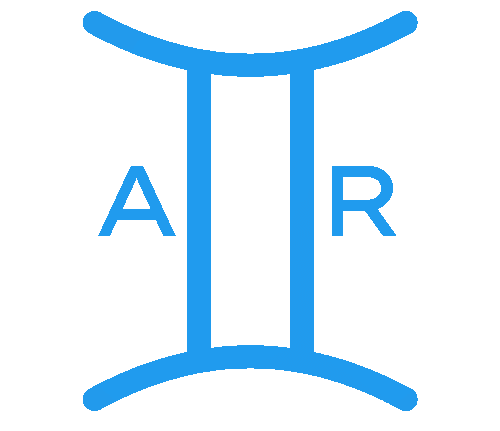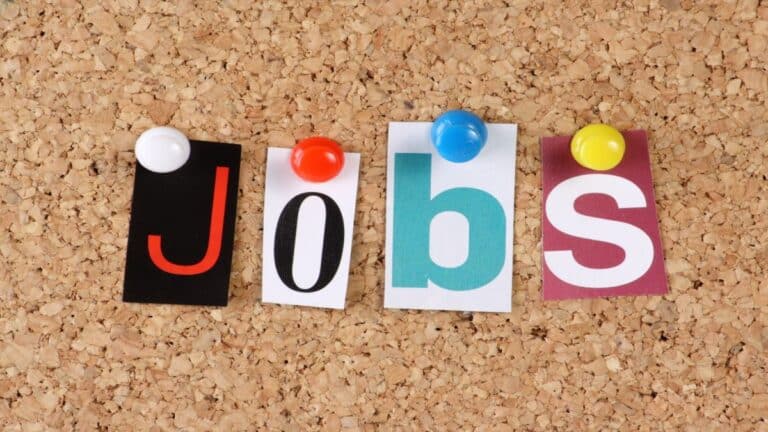What is a Self Directed IRA 2024: Learn Here Now

What is a self directed IRA? A self directed IRA, also known as a “checkbook IRA” or an “SDIRA,” is a type of individual retirement account that gives the account owner or IRA investor a great deal of control over how their money is invested. With a self directed IRA, you are not limited to traditional investments like stocks and bonds – you can also invest in alternative assets such as real estate, private loans, and more.
While a self directed IRA offers more flexibility than other retirement accounts, it’s important to be aware of the potential risks involved. In this article, we’ll cover everything you need to know about self directed IRAs, including the benefits and risks of investing in one, how to open an IRA account, and more.
What Are The Benefits Of A Self Directed IRA?
Setting up a self directed IRA has quite a few benefits. Perhaps most importantly, it allows you to take control of your retirement savings and invest in precisely the types of assets you want. With a traditional IRA, you’re limited to a traditional asset class like a stock, bond, or mutual fund. But with a self directed IRA, the sky’s the limit. You can invest in real estate, precious metals, private businesses, and other alternative investments.
Another benefit of a self directed IRA is that it can provide you with a more significant tax benefit than a traditional IRA. For example, many types of investments that are not allowed in a traditional IRA (such as real estate) are tax-deferred in a self directed IRA. This means you won’t have to pay taxes on your investment gains until you withdraw the money from your account at retirement age.
Finally, another significant advantage of a self directed IRA is that it allows you to leverage your investment dollars. Leverage means using other people’s money to finance your investment. For example, let’s say you wanted to buy a $100,000 rental property with your IRA. With leverage, you could put down $20,000 of your own money and borrow the other $80,000 from a bank or different lender. This would allow you to buy a property that would otherwise be out of reach. And because the property would be purchased with your IRA funds, all of the profits from renting it out would go back into your retirement account tax-deferred! This is the power of real estate investments.
What Are The Risks Of A Self Directed IRA?
Although a self directed IRA can offer greater control and flexibility over your retirement savings, there are also some risks to consider before setting one up.
For starters, a self directed IRA is not subject to the same level of regulation as a traditional IRA. If you make a bad investment with your self directed IRA, you could lose all your savings.
Additionally, because self directed IRAs allow you to invest in alternative assets like real estate and private businesses, they can also be more expensive to set up and maintain than traditional IRAs.
Finally, if you use a self directed IRA to invest in a business you are personally involved in, you could run into problems with self-dealing rules. These rules prohibit an IRA holder from using their account to benefit themselves or their immediate family members. If you are thinking about setting up a self directed IRA, it’s important to understand the risks involved before making any decisions. You can find more information on the following IRAs below:
- Gold IRAs – Our top pick is Augusta Precious Metals.
- Crypto IRAs
How Do I Open A Self Directed IRA?
If you are interested in opening a SDIRA, there are a few things you’ll need to do.
First, you’ll need to choose a self directed IRA custodian for your account. An IRA custodian is a financial institution that will hold and manage your IRA assets. There are a few different types of self directed IRA custodians, but the two most common are banks and brokerage firms. One very popular custodian is Equity Trust.
Once you’ve chosen a SDIRA custodian, you’ll need to open an account with them and fund it. This can be done by transferring money from another IRA or retirement account or making a regular contribution.
Once your account is funded, you can start investing in stocks, bonds, real estate, or an alternative asset class. Self directed IRAs can be a great way to diversify your portfolio and take control of your retirement fund.
However, a few things should be kept in mind before opening one. Make sure you understand the rules and regulations associated with self directed IRAs and choose a custodian you trust. You can also learn about this type of investment vehicle through Internal Revenue Code Section 408, which covers this. With a bit of planning, a self directed IRA can be an excellent tool for achieving your financial goals. If you are opening up a new account, it may be wise to create a self directed IRA LLC to hold any of your assets.
What are Self Directed IRA Rules?
Self directed IRAs are managed not by a financial advisor or broker but by the account holder. The account holder must do their due diligence when choosing and managing investments. The benefits of a self-directed IRA include greater control over investment choices, the ability to invest in a broader range of assets, and potentially higher returns.
However, self-directed IRAs also come with greater risk, as the account holder or IRA owner is solely responsible for losses. When setting up a self-directed IRA, the account holder will choose a custodian to hold and manage the accounts’ assets. The custodian must be a financial institution regulated by the Internal Revenue Service. The account holder will then choose what investments to make within the account. They can either make these decisions themselves or seek the advice of a financial advisor or investment professional. Once the investments have been made, the account holder will need to monitor their performance and make any necessary changes to ensure that the goals of the self-directed IRA are met.
Can I Have More Than One Self Directed IRA?
Yes, you can have more than one Self Directed IRA. However, there are contribution limits that apply to each IRA. For 2022, the contribution limit is $6,000 per IRA. If you are age 50 or older, you can contribute an additional $1,000 per year.
Who Can Contribute To My Self Directed IRA?
While anyone can open a self directed IRA, there are some restrictions on who can contribute to it. Specifically, you must be an “accredited investor” as defined by the SEC. This generally includes individuals who earn income above a certain threshold or have a net worth of over $1 million (excluding the value of their primary residence). If you meet these criteria, you can contribute to your self directed IRA just like any other retirement account. This includes making annual contributions up to the IRS limit ($6,000 for 2022) and utilizing employer matching programs.
What is the IRA Contribution I Can Make?
You can contribute up to $6,000 to your self directed IRA each year (or $7,000 if you are over 50). If you have earned income, you may be able to contribute more. Contributions to your Self Directed IRA are tax deductible, which means they can lower your taxable income for the year.
Can I Withdraw Money From My Self Directed IRA Early?
The benefits of a self directed IRA are that you have control over your investment decisions and can choose from a wide variety of assets. However, there are some rules and regulations that you must follow, such as not being able to use your IRA funds for personal use. Withdrawals from your self directed IRA may be subject to taxes and penalties if made before age 59 1/2, but there are a few exceptions to this rule.
What Are The Alternatives To A Self Directed IRA?
As you weigh the pros and cons of a self directed IRA, it’s also important to consider the alternatives. Here are a few:
1. Traditional IRA: With a traditional IRA, you choose from a limited selection of investments, including stocks, bonds, and mutual funds. A financial institution manages the account, and you may be able to take advantage of tax breaks on your contributions.
2. Roth IRA: Like a traditional IRA or regular IRA, a Roth IRA offers a limited selection of investment options. However, with a Roth IRA, you contribute money that has already been taxed so you won’t get a tax break on your contributions.
3. SEP IRA: A SEP IRA is designed for self-employed individuals and small business owners. It allows you to set aside up to 25% of your income (up to $56,000 in 2020) in a tax-deferred account.
4. SIMPLE IRA: A SIMPLE IRA is another retirement savings option for self-employed individuals and small business owners. With a SIMPLE IRA, you can contribute up to $13,500 in 2020 ($16,500 if you’re 50 or older).
5. 401(k): A 401(k) is an employer-sponsored retirement savings plan. With a 401(k), you can choose to have your contributions deducted from your paycheck before taxes are taken out, and this can lower your taxable income and potentially save you money at tax time. Most 401(k) plans offer investment options, including stocks, bonds, and mutual funds.
6. 403(b): A 403(b) is similar to a 401(k), but it’s offered by certain types of employers, including schools and nonprofit organizations. With a 403(b), you can have your contributions deducted from your paycheck before taxes are taken out, which can lower your taxable income and potentially save you money at tax time. Most 403(b) plans offer investment options, including stocks, bonds, and mutual funds.
7. 457: A 457 plan is offered by state and local governments and some non-profit organizations. With a 457 plan, you can have your contributions deducted from your paycheck before taxes are taken out, which can lower your taxable income and potentially save you money at tax time. Most 457 plans offer investment options, including stocks, bonds, and mutual funds.
Wrap Up
A self directed IRA account is a great way to diversify your risk in these changing times. Make sure to do proper due diligence and find a provider that answers your questions and protects your interest. Remember to only invest in what you can afford to lose.
Ammar has started several online businesses and is a blogger who loves providing quality content to help others. He is involved with affiliate marketing, domain names, NFTs, and cryptocurrencies. Check out my blog if you want to learn more about these areas and business in general.






